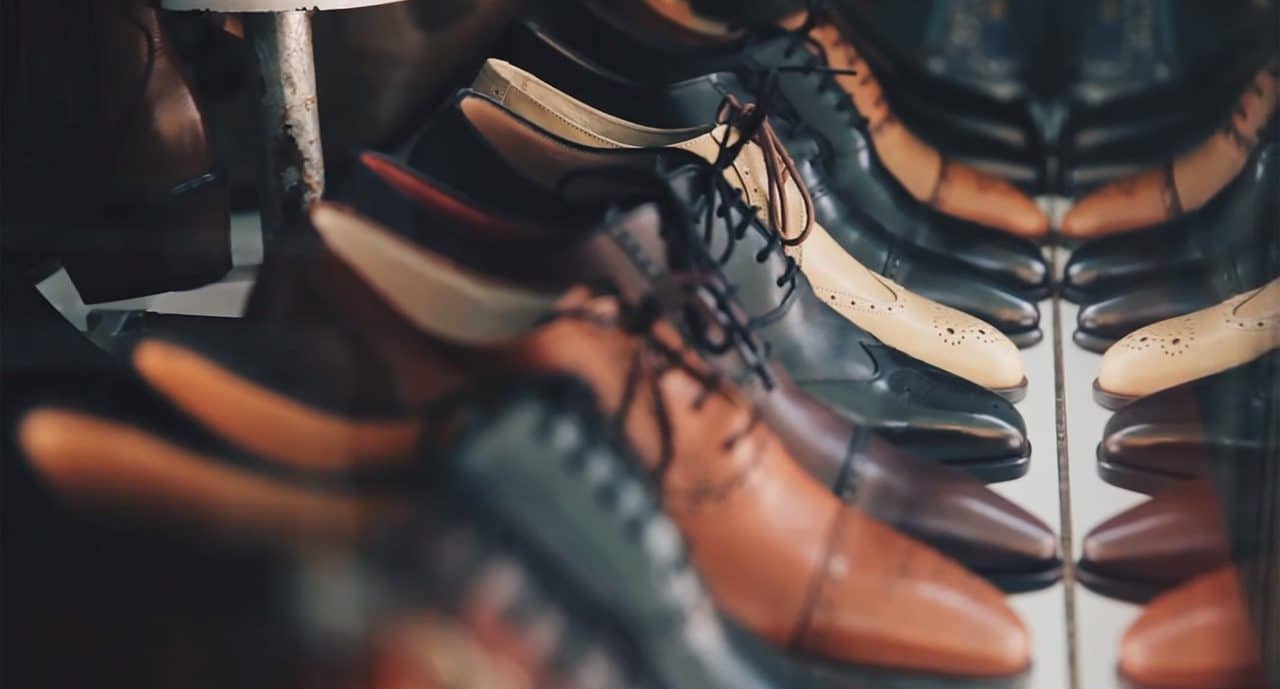
Multiple products are made with leather.
Leather is the skin that covers the meat of animals . The term, which has its origin in the Latin corium , also allows the name of said hide after it has been tanned and treated for various uses.
For example: “Do you like the leather wallet I bought?” , “Claudia has a beautiful leather armchair in the living room of her house” , “These shoes are made with synthetic leather and are very resistant” .
Leather characteristics
Leather is a layer of fabric that covers the animal. Thanks to its flexibility and resistance, it is possible to manipulate and work with it in different ways, transforming it into a material with various industrial uses.
Typically, when separating the layer of skin from the animal's body, the hair or wool is removed and said layer is subjected to the tanning process . This consists of transforming skin susceptible to putrefaction into leather that does not decompose and that, therefore, can be used to make shoes, wallets, bags, jackets, pants, furniture and many other products.

Leather footwear is highly appreciated.
Vegetable-based imitation
In almost all parts of the world, there are more and more people who refuse to eat animal products and opt for a strict vegetarian diet that not only does not include meat of any kind, but also no eggs or milk; They are called vegans and, apart from their diet, they also change any habit in their life that affects to some extent the freedom of the rest of the living species.
Leather of animal origin is used daily in a large number of products, as mentioned above; However, today there are many alternative products that do not require the suffering of a living being, and vegetable leather is one of the most prominent examples. It is a mixture of cotton and rubber that was first introduced in 1992 .
This alternative to animal leather is especially resistant, flexible and waterproof and shortly after it began to be marketed, many textile factories adopted it for their products, without this negatively affecting their prestige. The process of creating vegetable leather is also respectful of the jungle, since it does not require the extraction of sap from the trees.
Vegetable leather and latex
The UN declared the manufacture of vegetable leather the "best ecological practice" as it respects the environment and also provides more work for latex collectors, thus creating a production cycle that benefits us all and does not contribute to torture.
To obtain the latex, which looks like a whitish-colored milk with a fairly high thickness, rubber tappers make incisions in the bark of trees of the Hevea brasilensis species (which in Brazil is mainly known by the name of seringa ). They then collect it in a metal container and process it before it becomes too hard.
The latex process consists of placing it on pure cotton plates and then drying it with smoke, and later placing said plates inside a special oven at an average temperature of 100 degrees Celsius for a few hours. Finally, it is bathed in a sulfur solution to give it the resistance that the market expects to find in vegetable leather.
Other uses of the notion
The notion of leather, on the other hand, has different meanings in colloquial language , depending on the geographical region. In Argentina , the expression “being in leather” refers to the man who is shown with a naked torso (without a shirt): “Aren't you cold in leather?” , “Entry in leather and bare feet is prohibited.”
In the Dominican Republic , leather is synonymous with prostitute : “You look like a leather,” “Sometimes I think you are a leather.”
Another use of the term in different regions is associated with courage (or lack thereof): “You certainly won't have the money to enter the abandoned house during the night.”
